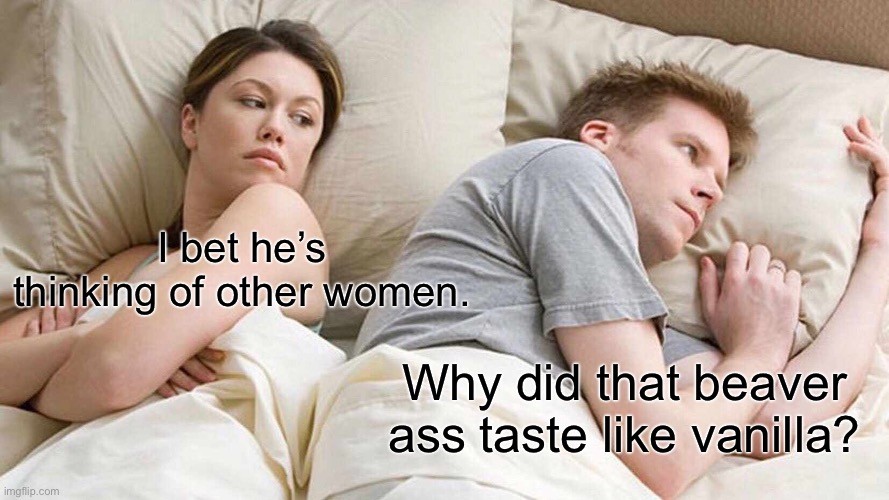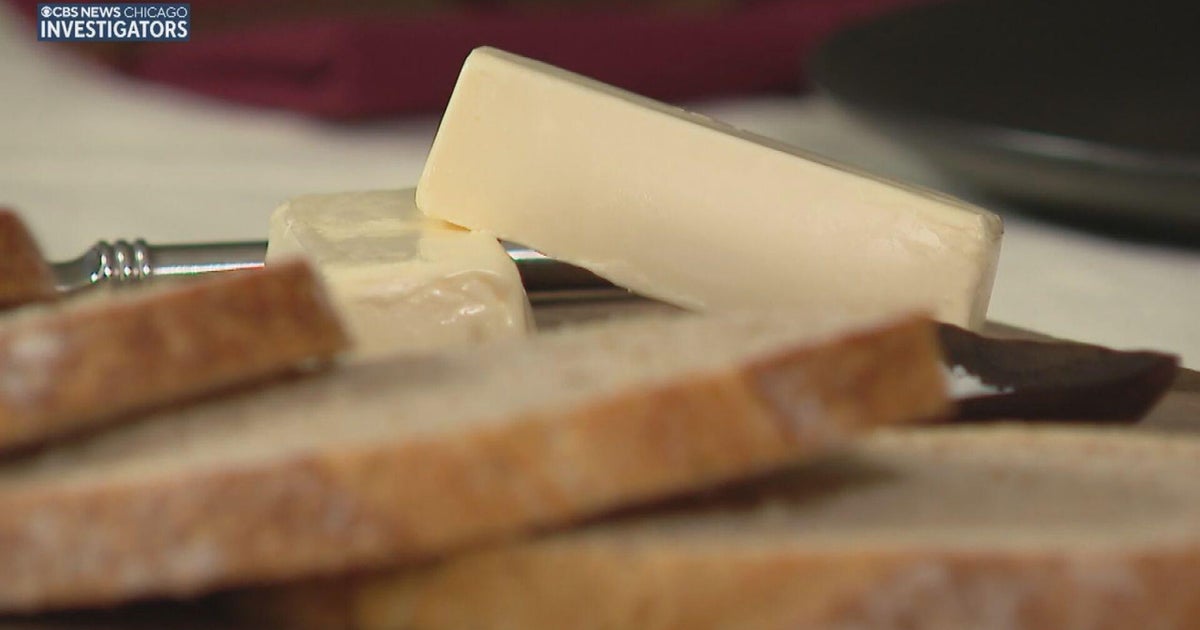cross-posted from: https://lemmy.world/post/34272214
A California-based biotechnology startup has officially launched the world’s first commercially available butter made entirely from carbon dioxide, hydrogen, and oxygen, eliminating the need for traditional agriculture or animal farming. Savor, backed by Microsoft co-founder Bill Gates through his Breakthrough Energy Ventures fund, announced the commercial release of its animal- and plant-free butter after three years of development.
The revolutionary product uses a proprietary thermochemical process that transforms carbon dioxide captured from the air, hydrogen from water, and methane into fat molecules chemically identical to those found in dairy butter. According to the company, the process creates fatty acids by heating these gases under controlled temperature and pressure conditions, then combining them with glycerol to form triglycerides.
While I think this is pretty amazing science stuff, the writing is terrible. Here is the progression of the story as written:
They made butter from carbon…
Well, it’s actually made from carbon dioxide, hydrogen, and oxygen…
OK, it’s actually made from carbon dioxide, hydrogen, oxygen, and methane…
Well, no, it’s actually made from carbon dioxide, hydrogen, oxygen, methane, and glycerol…
Wait, hang on, it’s actually made from carbon dioxide, hydrogen, oxygen, methane, glycerol, natural flavor, and lecithin…
Now, the source of glycerol is in question, because they say this butter is both animal and plant-free. Glycerol can be made synthetically, but it’s WAY more expensive to do it. Also, I’m not seeing any way to create lecithin without plants. They never say what the “natural flavor” is.
They never say what the “natural flavor” is.
A reminder that “natural flavor” doesn’t mean healthier or even something you might want over the artificially created flavors. It just means it comes from a natural source and is not lab created.
Castoreum, sometimes used for vanilla and raspberry flavoring, comes from beaver anal secretions. That would be labelled under a “natural flavor” and you’d never be told more than that.
I’ll take the artificial stuff any day just on principle there.

I think it’s worth pointing out that vanilla extract is from vanilla beans and artificial vanilla is whatever the fuck they feel like that tastes like vanilla. Also, modern artificial vanilla extremely rarely, if ever, is derived from Castoreum because it’s hard as hell to farm beavers and expensive as all fuck. The “artificial vanilla comes from beaver anal glands” is basically a prevalent internet myth that gets passed around like the, “You eat 7 spiders a year in your sleep.” myth.
Incorrect, vanillin is the primary component of real vanilla beans and responsible for like 90% of the flavor.
I don’t understand what this would be correcting in what I said above. Can you show me what part this is correcting? Cause I’m legitimately confused.
You said artificial vanilla is whatever the fuck. It’s not, artificial vanilla is the main ingredient of natural vanilla, but without the other flavors
Ah gotcha! I for sure was not following what you were saying. I don’t know if that’s he real thrust of the point in my above comment, but I was more referring to the fact that artificial vanilla doesn’t necessarily come from vanilla beans. I should’ve been more precise with my language, but it’s worth noting that artificial vanilla is largely synthesized and comes from a variety of sources, not just vanilla beans (see below for the source/pertinent excerpt).
It also gets weird as to how the FDA regulates the term. I believe the key term is actually “Pure” in the “Pure Vanilla Extract” but don’t quote me on that. Not sure how it’s done by other regulatory agencies but it’s probably equally convoluted in a lot of places.
Pertinent excerpt:
However, many alternate routes to vanillin are well documented, including vanillin derived from spruce tree lignin, corn sugar, rice or wheat bran, clove oil, curcumin, or guaiacol.
Yes, that’s true, but the vanillin in the artificial stuff is chemically identical to the real thing
Mmmm, I like licking beaver butt. 😉
Fuck man I had no idea, I’ve missed out on my prime years of eating beaver anal secretions 😭
They can still be your prime years in terms of quantity of beaver ass eaten, if not in quality. But I think you sell yourself short. They’re gonna love you!
They never say what the “natural flavor” is
…it’s people?
It kind of sounds like the beginnings of star trek’s replicators…
But that aside, somehow I doubt those are the exact only “ingredients” they use.
And it wouldn’t surprise me at all if the end product contains all kinds of trace elements of various not so healthy chemicals used to get the parts to combine into the actual butter.
Like the process to get the glycerol or lecithin in a state they can use.Ofcourse a lot of our dietary ingredients are contaminated in various levels anyway.
It makes me think of Enterprise, where they don’t have replicators but they do have protein resequencers, which can take waste matter and convert it into useful things, but they can’t do energy to matter conversion yet.
They add just a little butter for that real butter flavor
Thank goodness we have the assurances of a billionaire oligarch to help steer humanity in the right dietary direction.
Global warming and ecological crises make shifting diets away from animal products a pretty good idea.
Whether it’s antibiotics resistance, deforestation, or greenhouse gas emissions, humanity is paying a very high price for animal agriculture at the current scale.
Problems come up: “BILLIONAIRES SHOULD DO MORE!” Billionaires do more: “WE CANT TRUST BILLIONAIRES!!”
The conclusion ought to be that billionaires shouldn’t exist. Even if they donate most of their wealth, they will still donate in ways that aren’t necessarily solving real problems.
On that we agree
Ruminants creating greenhouse gasses is a problem that can solve itself by returning to huge fucking pastures and cooperative farming.
Instead, we’re getting synthetic food. We’re a decade removed from human grade kibble at this point.
Here again, capitalism is the problem. A capitalist offering capitalism solutions to problems created by capitalism isn’t appealing.
So, like every other butter and oil, that’s why we call them hydrocarbon.
I imagine this “butter” doesn’t contain any glycomacropeptide, α-lactalbumin, β-lactoglobulin, serum albumin and immunoglobulins
You’re probably right, but I can’t wait to see the egg on your face if it does turn out to contain glycomacropeptides, α-lactalbumin, β-lactoglobulin, serum albumin and immunoglobulins!
Hey but it’ll make bill gates a buck!
I’m not giving up a small pleasure like butter just so that a billionaire can buy another private jet and wipe out whatever tiny carbon footprint savings comes from giving up butter
You want them to have a slightly smaller mansion on Nantucket island?
I don’t eat carbon-based foods. Exotic silicon lifeforms, fresh from Titan’s methane seas.
How do you know when someone is a non-carbon eater? Don’t worry they will tell you.
Oh look; AI has gotten so advanced that computers now have haut-quisine.
To put it in simple terms, Savor says they take carbon dioxide from the air and hydrogen from water, heat them up, oxidize them and get a final result that looks like candle wax but is in fact fat molecules like those in beef, cheese or vegetable oils.
So their process sounds like it creates synthetic lard, not butter. This can still be a good thing as the extra ingredients to make it “butter” aren’t really the hard/impactful part of butter.
No, the fat they create is butter fat
How much carbon is emitted to run the factory to make it though? Are we talking a net negative here?
You mean how much butter is emitted
“Savor says they take carbon dioxide from the air and hydrogen from water”
I’m no expert but direct air capture of Co2 and water electrolysis both use a lot of power. So using them for this purpose is likely just a marketing gimmick that doesn’t make any sense either economically or for the climate.
Perhaps. But if we really go hard on green energy, we’ll likely have a lot of excess energy in the daytime, so it makes sense to look into alternatives to land and water intensive products (like dairy and beef) that are heavy on electricity. If it’s a more efficient use of land to have solar panels instead of cows eating grass (and solar panels work just as well on farmland as they do in the desert, unlike grass), then it makes a ton of sense even if it spikes electricity consumption.
Butter is rather low volume, so maybe it’s doable. But it’s very hard to compete with self-replicating organisms that have evolved specifically to use the energy sources, materials and conditions that are abundant on this planet. I’d be more more interested if someone had made a plant make butter.
Having a bunch of machinery sit idle waiting for power to be cheap isn’t particularly good use of resources either. We’d be better off trying to store the power.
Storing power is expensive and many energy storage techniques require a lot of resources to produce. The more we move toward solar generation, the more we should plan on being opportunistic with energy when it is plentiful
For example, electrolysis isn’t the most efficient way to store power, but if energy is cheap, it may be better on net to do it opportunistically when there’s excess energy and use that hydrogen for things like producing artificial butter (and perhaps fuel mobile equipment like forklifts and delivery trucks).
Cows aren’t particularly efficient at turning biomass into human food. There’s a ton of waste in the process, and they need a lot of space. A factory doesn’t need to sustain life of an organism, it just needs to turn one set of compounds into another. Maybe it’s not there now, but getting it there will be a lot easier than genetically engineering a much better cow.
That depends entirely on the method used to generate the power. In fact carbon capture only works if you use renewable energy to capture the carbon, otherwise there’s literally no point.
How it is made in the lab may or may not be sustainable, but it’s a proof of concept so it doesn’t really matter. If this were commercialised then you would use renewable energy, perhaps solar panels on top of the factory building, although you could just connect to a green grid. Clearly the facility will be constructed somewhere other than the United States.
I’m a traditionalist, I prefer my butter silicon based. Maybe germanium or tin if it’s a special occasion
Didnt the Nazis also make something similar using coal?
You’re probably thinking of the Fischer-Tropsch process for making gasoline.
You had me in the first half
Bill is going to be serving this on all his jets and yachts
This could be great, but “proprietary”. Gates is still the same Gates. If you want to save all the land and CO2 this could, release the IP free to all. Flood the market with cheap indistinguishable synobutter, real butter can’t compete with. Milk, cheese and yogurt next please.
but does it actually taste like the real thing? because I can already buy something that, supposedly, I should be unable to believe isn’t real butter, but after doing so I remain suspicious
Should be a nice change from that silicon based butter I usually get.
So when I poop the carbon butter out, how long does it take to decompose? Because unless we make one of those nuclear waste containment salt bunkers for all. the butter carbon poop this kinda seems like a dumb idea.
I can see why some people might conflate Carbon Monomers and Carbon Polymer Chains with plastics, because thats what plastics are after all, but it’s also the basic building block for almost all organic chemistry including proteins, fats (lipids), sugars, alcohols, and sugar alcohols (totally different thing from sugar and alcohol btw). Carbon can even form compounds with Ammonia, such as Carbamides like Urea which can be extracted from Uric Acid using Sodium and then used as agriculture grade fertilizers.
It’s why we’re called Carbon Based Lifeforms.
If you think that’s crazy you should see all the wacky shit that Hydrogen gets up to.
Atoms are atoms. All they are doing here is artificially creating fat molecules rather than getting them from the environment so the decomposing time is not affected.
Yup, should be equivalent to biologically created butter.
About as long as meat, since that is also made from carbon.
Or butter.
Why not just make a fuel that can power cars if you’re gonna go this far.
cost :/ and low energy conversion efficiency. Whereas expensive novelty edibles may have a high price, fuels, not so much.
Honestly, I’m mostly wondering about the nutrition factor. Not that you expect much from butter, but we all know this will be slipped into other things, just like hfcs.













